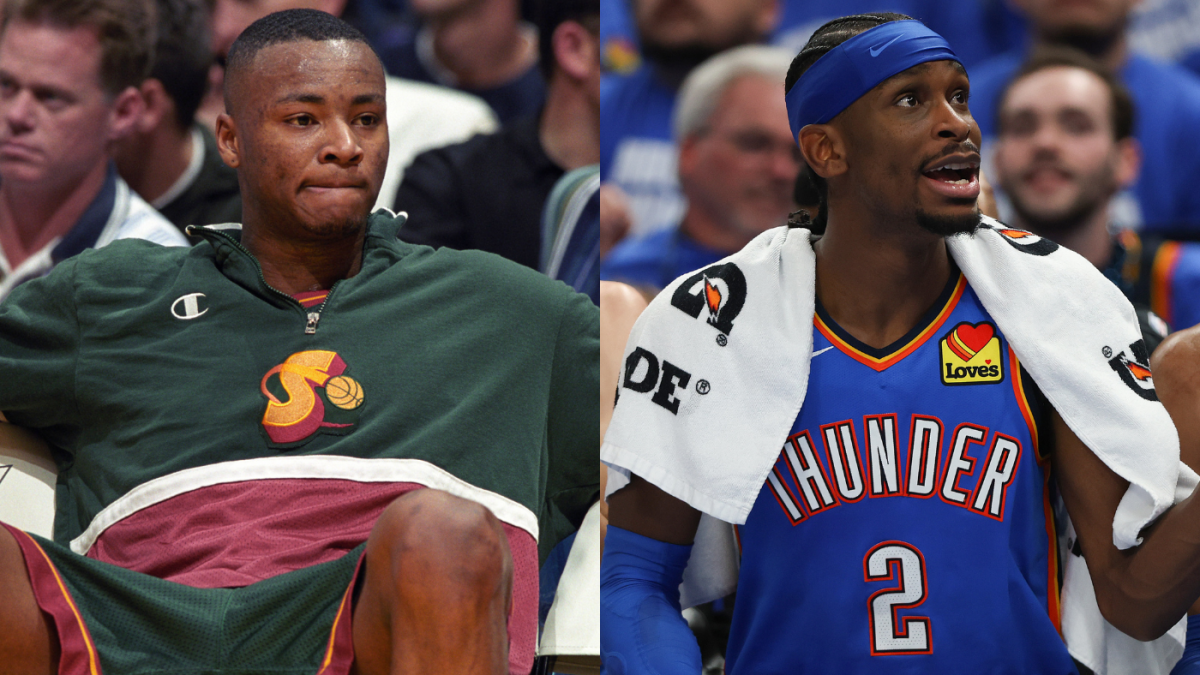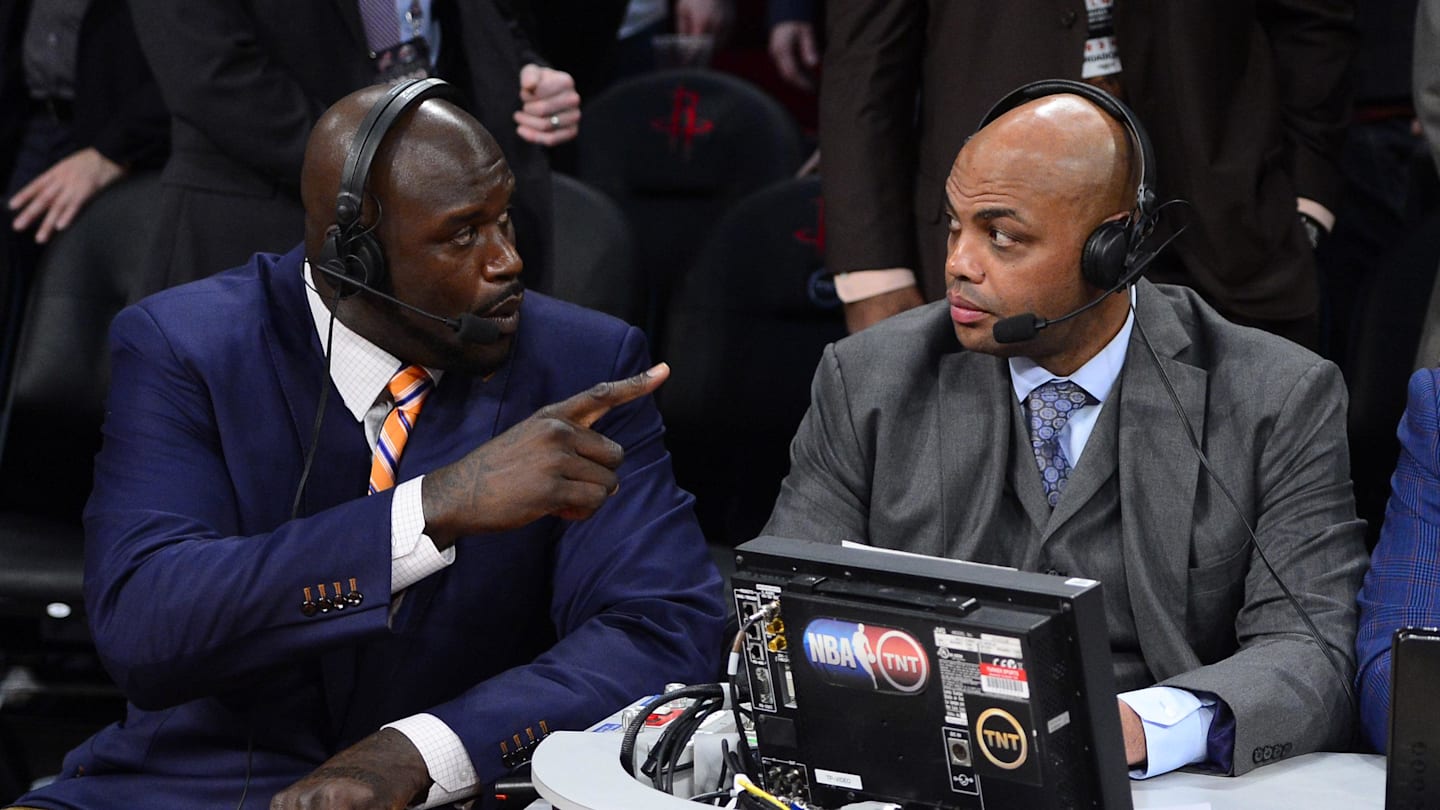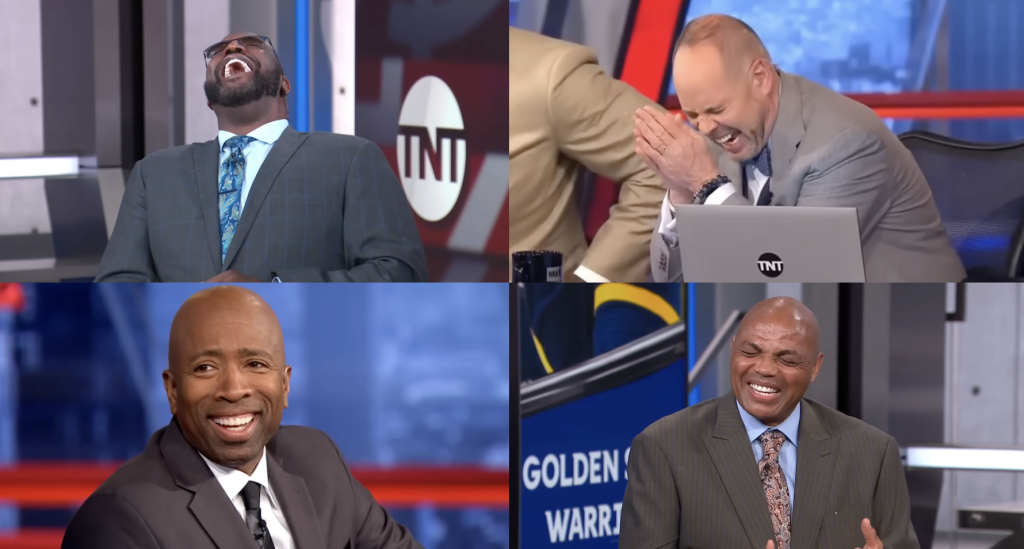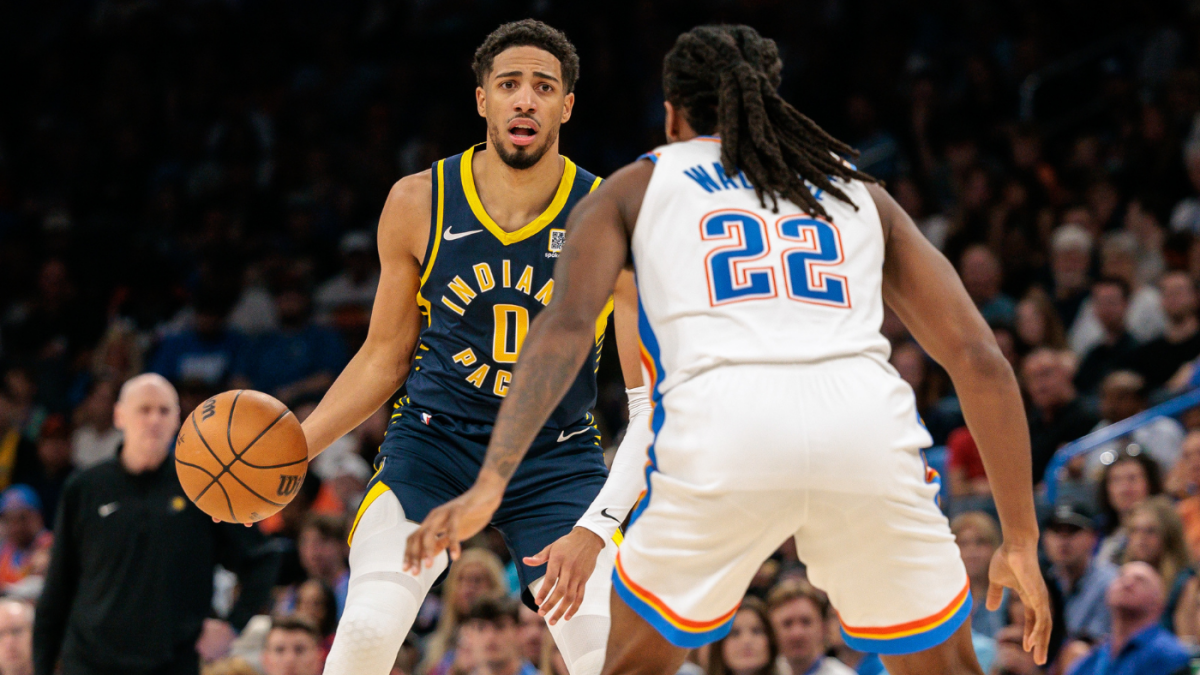
Dynasties aren’t born overnight. They take time to germinate. In the case of the Oklahoma City Thunder, it took almost 18 years. Let’s go back to 2007 and travel around 2,000 miles northwest. Clay Bennet has just purchased the Seattle Supersonics and hired Sam Presti to run the team. Almost immediately, he sets about making splashy moves. He drafts Kevin Durant. He trades Ray Allen to the Celtics. He’s lauded for giving his team one of the brightest futures in all of basketball, which he did, but not in the way it seemed.
The most important move Presti made that summer involved a free agent who hasn’t played in the NBA for more than a decade. Rashard Lewis was an All-Star for the Sonics, but they were rebuilding and he was about to become one of the most expensive players in the NBA. They knew he was going to leave, but they got lucky when he agreed to a six-year, $118 million contract with the Orlando Magic. At that point, players could only sign six-year deals with their own teams. So the Magic had to structure the Lewis acquisition as a sign-and-trade, which gave the Sonics a $9 million trade exception that they could use to absorb another contract.
Later that month, Robert Sarver decided his 61-win Phoenix Suns were too expensive. So, as he so often did, he decided to shed some salary. He paid the Sonics two first-round picks to use that trade exception to take on the money they owed to Kurt Thomas. One of those picks, Phoenix’s 2008 selection, basically built the modern-day Oklahoma City Thunder.
In 2008, the Thunder made the most important draft pick in franchise history. No, it wasn’t Russell Westbrook at No. 4. It was Serge Ibaka at No. 24, one of the picks they got from the Suns. Ibaka turned out to be defensive star for the Thunder during the Westbrook-Durant years, but his single most important contribution to the franchise came on draft night in 2016, when he was traded for Victor Oladipo and the rights to the No. 11 pick, Domantas Sabonis. One year later, Oladipo and Sabonis were again traded, this time to land Paul George.
Now you know where this is going. Two years after that, the Clippers traded Paul George for Shai Gilgeous-Alexander, Danilo Gallinari, five first-round picks and two first-round swaps. A free agent that left in 2007 ultimately gave the Thunder the 2025 MVP, and he gave him a sidekick as well. One of those first-round picks they got from the Clippers was the No. 12 choice in 2022. They used it on Jalen Williams. Only seven teams in NBA history have won 68 games in a season, and one of them got both of their All-Stars from a single, innocuous transaction.
Obviously, a single lost free agent becoming two superstars is significant in itself. But losing Lewis didn’t just give the Thunder their foundation. It enabled their entire roster-building philosophy. To understand how, you have to look at the other moves that made the Thunder what they are today.
The Thunder are more than their All-Stars. They have a chance to build a dynasty because of their depth and their war chest of picks. The George trade is the headliner on that front, but it was the beginning of a process that is still ongoing. Later in July, they traded Russell Westbrook for Chris Paul, two picks and two swaps. The draft assets from that trade haven’t borne fruit yet, but Paul was important on a few levels.
He spent only one year with the Thunder, but he led them to the playoffs and proved to be the perfect mentor for Gilgeous-Alexander. After that, Oklahoma City decided to rebuild in full, so they traded Paul to the Suns for a first-round pick and a few role players. One of those role players was Kelly Oubre, whom they immediately dealt to Golden State from there for a first- and second-round pick. The second-round pick, No. 55 overall, was key bench player Aaron Wiggins.
Once the Thunder traded Paul, they were ready to tank. They did so actively for two seasons, and then got a third lottery pick out of their 2023 Play-In season. All three picks netted critical players for the Thunder. They had the NBA’s fourth-worst record in 2021, but they fell to No. 6 on lottery night. That slip cost them a chance to draft Scottie Barnes or Jalen Suggs, but it got them Josh Giddey, whom they would later trade for Alex Caruso.
A year later, they were in the same position: they entered lottery night with the fourth-worst record, but this time, they jumped up to No. 2 and nabbed Chet Holmgren. As a Play-In team in 2023, they were slotted all the way down at No. 12, but they wisely jumped ahead of Orlando sitting at No. 11 to nab Cason Wallace at No. 10. All they had to give up to do so was cap space. Dallas needed to dump the contract of Davis Bertans, and Presti eagerly obliged.
And that’s just what they did with their draft picks. One of the most important members of their team was an undrafted free agent, Lu Dort, whom they signed to a two-way deal in 2019. The Thunder knew they’d found a diamond in the rough almost immediately, and by the playoffs, he was a starter guarding James Harden.
Finding great players is one thing. Keeping them, in the age of the aprons, is another. The cost-control strategy the Thunder have thus far employed has been to re-sign players to long-term deals as early as possible. Dort, Wiggins and Isaiah Joe all had team options on the last year of their original Thunder contracts for basically the minimum. Presti could have kept all three for an extra year at basically no money. But instead, he declined all of those team options. Doing so made them restricted free agents instead of unrestricted ones, limiting their markets and forcing them to accept expensive but team-friendly deals. Dort and Wiggins both signed five-year deals. Dort’s deal includes only modest raises. Joe stayed for four. Both Wiggins and Joe will see their salary decline as their contracts progress. With the salary cap expected to rise by 10% with each passing year, all three contracts look more and more like bargains.
That shrewd cap management cleared the way for Oklahoma City’s last major piece. After getting bludgeoned on the glass by Dallas in the second round last postseason, the Thunder knew they needed another big man. They set their sights on Isaiah Hartenstein, who was coming off of a great season with the Knicks. However, a cap quirk related to the two-year deal Hartenstein had previously signed in New York meant that the Knicks could only offer him around $16 million in the first year of a new deal. The Thunder, meanwhile, had cleared out extra cap space by trading a few of their extraneous young players for Gordon Hayward’s expiring contract at the deadline.
That allowed them to pay Hartenstein $30 million for the 2024-25 season to steal him away from New York, but the structure of that deal is part of what could make the Thunder a dynasty. It was only guaranteed for two years. In the third season, it’s a team-option. Why does that matter? Because the third season is when the rookie deals for Holmgren and Williams end and they become expensive.
That’s the secret to Oklahoma City’s potential longevity. They’ve designed their balance sheet in such a way that they can easily shed salary when their best players become expensive. They’ve hoarded so many draft picks through all of these trades that whenever a role player becomes expensive, they can just move him and cycle in another cheap rookie.
So how can we tie all of this back to Rashard Lewis? Well, think about the Houston Rockets right now. They’ve undertaken many of the same steps that Thunder have. They’ve traded veterans for picks. They’ve drafted and developed well. But unlike Oklahoma City’s George heist, Houston’s mega deal, the 2021 James Harden trade, has not yielded a superstar yet. None of Houston’s moves have. Unsurprisingly, as we enter an offseason in which several blockbuster deals are expected, the Rockets are expected to pursue all of the best available players. Such deals presumably be fairly expensive. In all likelihood, it will cost Houston a lot of the youth and picks it could use to to sustain itself in the apron era.
That’s why the Rashard Lewis saga is so important. The Thunder got their stars without having to pay star prices for them. That allowed them them to keep everything else, which in turn gives them the picks and depth to execute all of these long-term sustainability strategies. Losing him back in 2007 made all of this possible.
One of the most amazing things about this Thunder run is that they have a lottery pick who didn’t even play this season. Remember the Westbrook trade from earlier? The Thunder used Houston’s 2024 first-round pick on Nikola Topic, who missed the season recovering from a torn ACL. He’ll be back next season, giving the Thunder yet another weapon. And if the Thunder had needed to trade for a player like Gilgeous-Alexander or Williams instead of the trickle-down effects of the Lewis departure handing those players to them on a silver platter, they might not have been able to hold onto that pick.
It took almost 20 years of flawless roster-building, but Presti has effectively built a cap-proof contender. He has three stars in their 20s ready to contend for years. He has the assets to trade for whatever players he might need and the foresight to lock his supporting cast into affordable deals. And it all started when a single free agent decided to leave Seattle.


